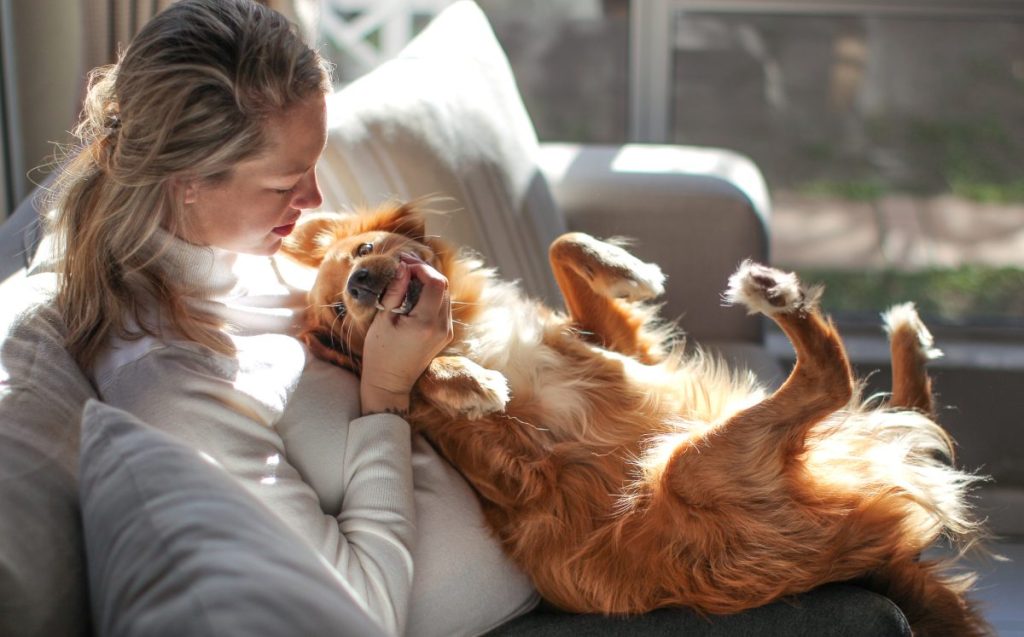Discover a dusty teddy bear in the bottom of your closet, and the last thing you’d do is put it in your mouth. Puppies, on the other hand, explore their world largely by putting whatever they can in their mouths — and that includes human toes, fingers, and hands. The good news is that as dogs get older and teething tapers off, usually mouthing and biting do too. Still, it’s important to discourage these early behaviors as much as possible.
Though it’s mostly painless — even cute — when a 12-week-old puppy nips at your fingers, 50 pounds later it’s not very cute and it’s definitely not painless.
If your adult dog has bitten out of fear or aggression, enlist the help of a trained professional as soon as possible.
Causes of dog biting and mouthing
Mouthing and biting are natural, normal behaviors; all puppies do it. During teething (generally starting around 4 months), the urge to mouth is extra powerful because it feels good on your pups’ tender gums. Lacking opposable thumbs, puppies also use their mouths to catch, carry, and play, making it all the more crucial that they learn how to control themselves in the presence of human skin.
How to treat the problem
There are several things you can do to curb mouthing and biting, and you may end up using a combination of approaches. Here’s what to do when you feel teeth:
- Let out a high-pitched yelp or squeal, which should startle your pup and cause them to let go. With their teeth now off your skin, praise them for good behavior.
- Fight the urge to pull your hand back. Instead, let it go limp. Quickly jerking away may be misinterpreted as playing and could inadvertently encourage your dog to continue the behavior.
- Signal that mouthiness is unacceptable by turning away from them or even going into another room for about 30 seconds. What your pup wants is interaction with you, and they’ll quickly learn to avoid doing anything that interrupts your games.
- Redirect your dog. Instead of your fingers, provide an appropriate toy for them to chew on.
- Find another outlet. Play fetch, take a walk, or practice training exercises instead of playing games that tempt your dog to mouth or bite.
- Socialize your puppy with other puppies and arrange playdates with well-behaved adult dogs — they’re more effective than humans at demonstrating good canine manners.
How to prevent the problem
While mouthing is inevitable with puppies, you can prevent hard bites as your dog gets older by teaching “soft mouth” (also known as bite inhibition).
This is done gradually by acting as though your pain threshold is becoming lower and lower. Start by yelping or squealing any time you receive a hard nip. When your dog no longer gives hard nips, yelp or withhold attention after a medium-strength nip. Once those are a thing of the past, do the same with soft nips. Keep it up until any time your dog puts their mouth on you, they’re basically just gumming your skin.
An added benefit: A dog who’s trained not to bite during play is much less likely to bite for any other reason.
Mouthing is an unavoidable part of canine development — it’s how young dogs learn about their world. Fortunately, by consistently signaling to your pup that biting is unacceptable, and giving them playtime with other dogs who’ll teach them the same lesson, your pup will learn to use their jaws very gently.









